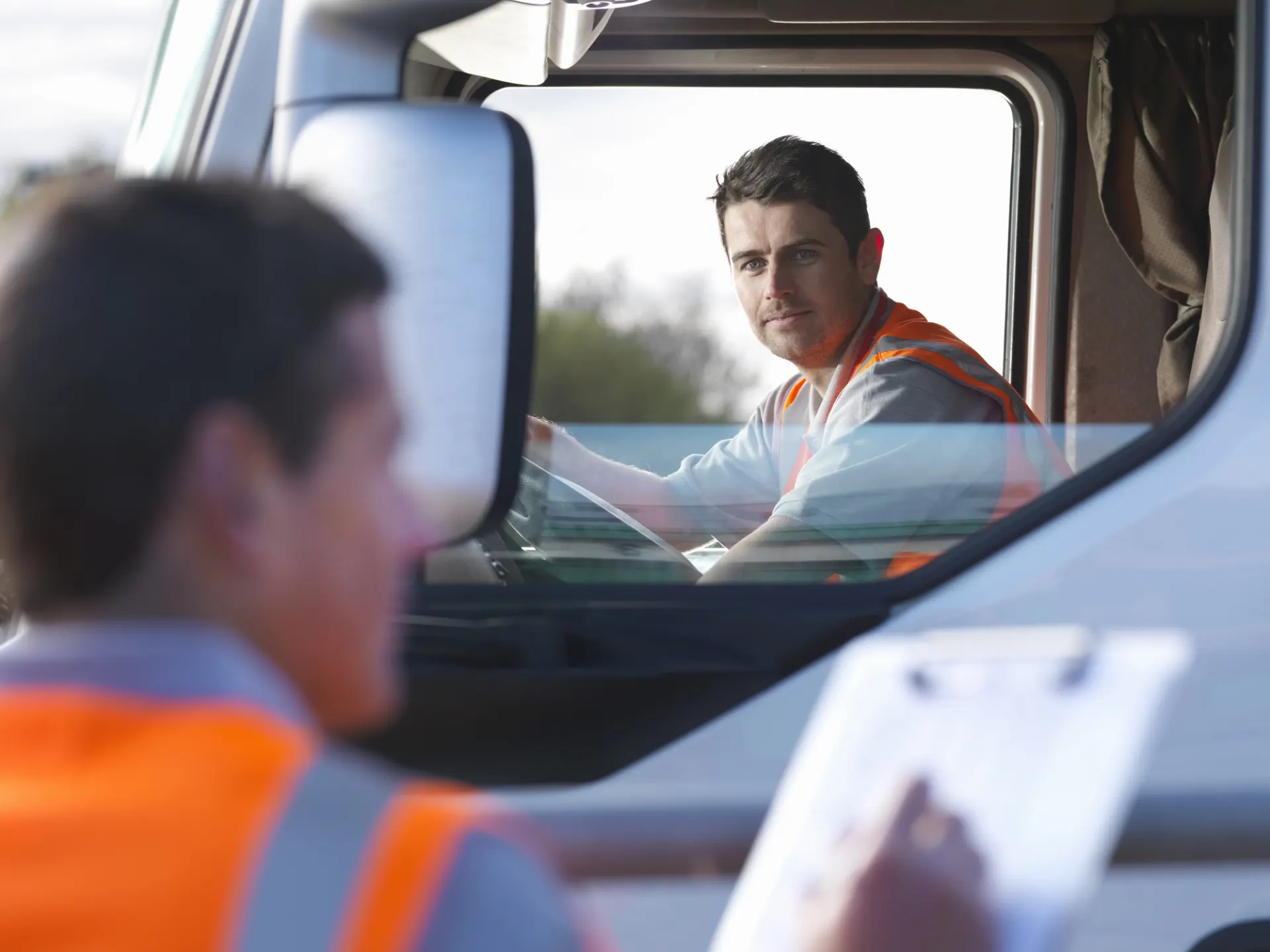a. Use existing data to help you make your assessments
Understanding your fleet’s movements through telematics and other data is the norm for most businesses. Whether you decide to run a pilot (see Step 1b below) or you’re at the point of evolving your transition plan, using any existing information you have at your fingertips will help you figure out which vehicles you might move to electric and at what point.
Getting to grips with the total cost of ownership (TCO) of your ICE fleet versus what replacement EVs may cost (see Step 1f below) – together with your charging requirements (see Step 2: Assess your charging requirements) – will help you make a more comprehensive analysis.
b. Develop a small trial or larger pilot
Trialling one or two electric vehicles or running a larger pilot is something that many businesses are in the process of starting or have already been doing to get a sense of how they might fit into their operations in the longer term. In fact, British Gas ran a pilot of twenty-eight e-NV200s with Nissan as far back as 2013. Hailed ‘the largest ever electric commercial vehicle pilot’ at the time, Nissan itself had been globally testing the van at this stage before its official release onto the .
c. Consider trialling like-for-like vehicles
The fact that the Electric Vehicle Database is showing one hundred and sixty five recently added electric cars and vans for 2021 and , means there may be a like-for-like choice for some of your fleet cars or LCVs, such as the Volkswagen ID.3 Pro Performance, Renault Meganne E-Tech, Citroen e-Berlingo or the Vauxhall Vivaro e-Life.
Trialling vehicles you and your drivers are already familiar with might feel a little more comfortable than trying completely new marques. Trading existing car or van models for their electric counterparts with your existing dealers or leasing companies may also feel like a manageable way forward for your business.
d. Stay abreast of government plug-in car, van and truck grants
Keeping an eye on the government’s plug-in grants and eligible car, MPV, van and truck models in the scheme may also help you to consider the best vehicles for a pilot or longer-term for your fleet. Particularly as the van and truck grant availability has been extended to 2024/25 and drivers with standard licenses can continue to drive electric goods vans at the higher weight limit. In addition to this, the weight limit for the £5,000 large van grant has increased from 3.5 to 4.2 tonnes, and the entry point for the £16,000 small truck grant is now 4.2 .
e. Take your replacement cycles into account
Of course, there will be your replacement cycles to consider. Fleet News reported in 2020 that the average fleet vehicle replacement cycle in their Fleet200 survey was four years or 80,000 miles, with the longest lifecycle belonging to Devon & Cornwall and Dorset police force with their fleet of cars and vans both on a ten-year lifecycle. In terms of commercial fleets, Royal Mail’s LCVs are on a nine-year replacement cycle with John Lewis’s vans on an eight-year .
Royal Mail first piloted e-LCVs in 2017 and announced its first all-electric delivery office in Bristol in 2021 to coincide with the launch of the city’s Clean Air . This was closely followed by a pledge to roll out 3,000 electric vans in addition to its existing 300 EVs, with plans to deploy these in ultra-low emission zones and green cities .
With these longer lifecycles in mind, it is understandable that some transitions are happening slowly, with fleet and operational managers potentially waiting for more models to become available and market growth to drive a reduction in the initial outlay of electric vehicles. Prices may also come down as manufacturers’ own development costs even out.












